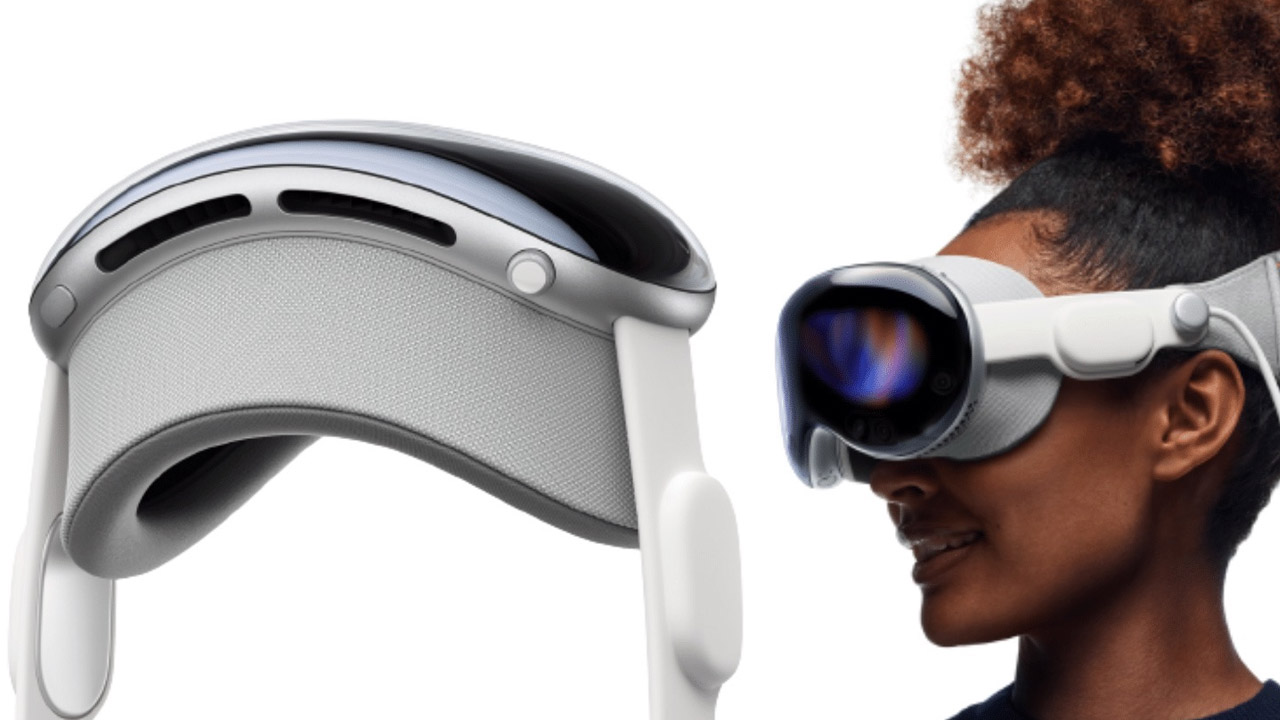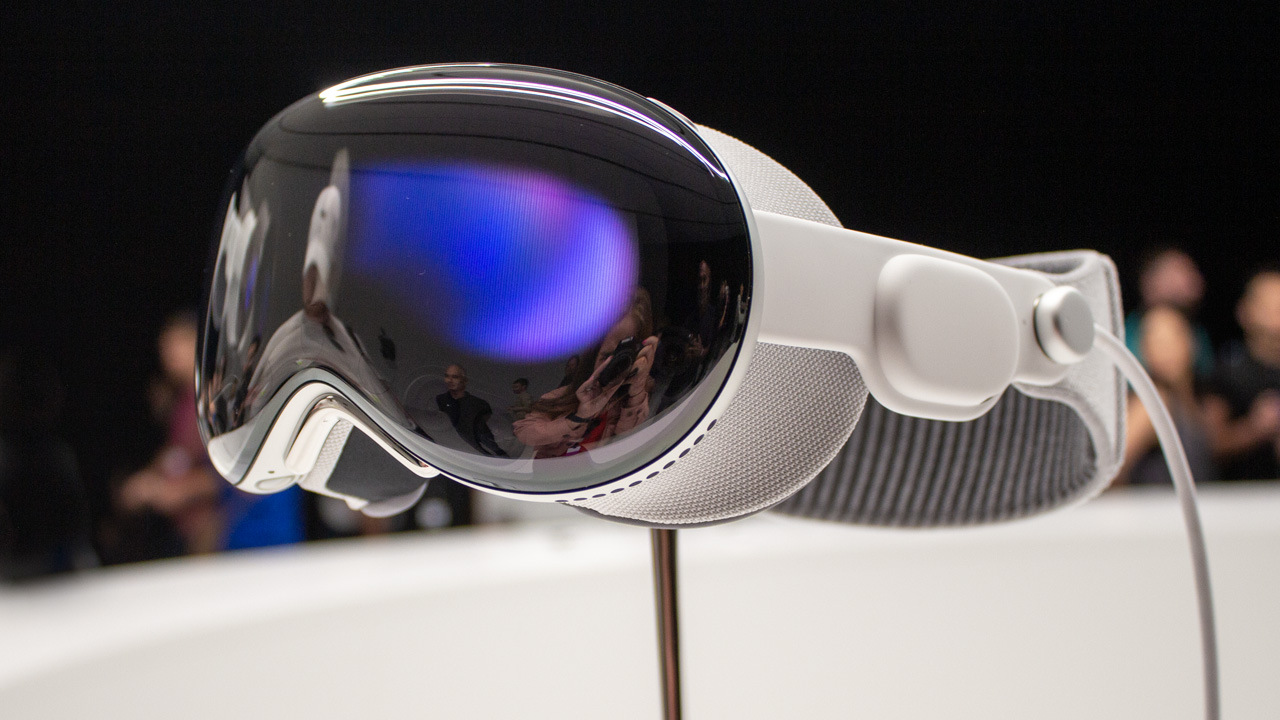Vision Pro RAM, storage and chip options? Sometimes less is more Apple, so please keep it simple
As we approach the launch of Apple’s new Vision Pro headset, configuration options are starting to become clear.

We’re now just a few weeks away from the Apple Vision Pro release date, with the new mixed-reality headset finally receiving a locked-in launch for February 2, 2024. With the announcement came a pre-order date of January 19 — and with that will come pre-order pages.
And with those store pages will come options, if previous Apple launches are anything to go by.
But in the case of Apple Vision Pro, I’m hoping Apple will take a ‘less is more’ approach to what it offers pioneering early adopters of its Spatial Computing device and not fall into the trap of some of the complications that have dragged down its other product lines.
Specs appeal
Even at this late stage in proceedings, there are still some specs details of the Vision Pro headset that Apple isn’t talking about — at least from a marketing perspective. But the need to build up an arsenal of Apple Vision Pro apps from third-party developers means some details are starting to trickle through regardless.
For instance, digging around in the Xcode coding application reveals files that show Vision Pro will launch with 16GB of RAM according to MacRumors — something Apple has yet to publicly disclose.

As for storage, Apple’s launch-date reveal also stated that Vision Pro will come with 256GB of storage. It didn’t elaborate beyond that figure, which seems relatively low for a high-end, high-performance device, so it seems safe to assume that 256GB will be the entry-level tier that the Vision Pro starts at for its $3,499 price tag, with more storage likely to be offered at launch too, pumping up that high price tag further. Perhaps that’s why Apple is yet to speak about higher storage options — the thought of spending $3,499 is eye-watering alone. Indeed, developer kits are said to have 512GB to work with, and reports suggest devices with as much as 1TB of storage are also now out beyond the confines of Apple’s internal labs.
Choice paralysis
As it stands right now, though, I’d welcome a streamlined approach to picking up a Vision Pro — at least compared to what we have to deal with now in the worlds of Mac and iPad.
iMore offers spot-on advice and guidance from our team of experts, with decades of Apple device experience to lean on. Learn more with iMore!
Let’s take the MacBook line, for example. First, a choice between Air and Pro. Then a choice between screen sizes ranging from 13-inch to 16-inch. Then you’ve got RAM and storage amounts to choose from. And then you’ve got which M-series chip to pick from, be that standard, Pro, Max, or Ultra — and even some of those have core count options to consider there, too. And that’s before aesthetic considerations like color.
Uniform specs lead to uniform performance, which leads to uniform experiences. And right now a uniformly excellent experience for everyone that tries Vision Pro will be the best way for Apple to build favor for its new project.
It’s arguably even worse with the iPad, which has to contend with a murkier overlap of the ideal user for the iPad Air, which has specs that very much blur the lines between the standard iPad and iPad Pro.
It can lead to choice paralysis and an ‘upsell’ culture that may help Apple’s bottom line but hurts consumers who end up paying for premium features they don’t really need.
With Vision Pro an all-new category for Apple (even if VR and AR headsets, broadly, have been on the market for a good few years), it needs to make the purchase option as simple and frictionless as possible.

That’s not just for the consumers’ sake (a new owner of a $3,499 device should never be left to feel 'buyer's remorse' for an even pricier configuration), or for the simplicity of making an in-store sale without scaring off a spec-confused customer. But also for the growth of the fledgling platform as a whole — if developers have just one spec to build their apps around, they’re able to better tailor the experience without segmenting the performance dependent on the various hardware a user could be working with.
Uniform specs lead to uniform performance, which leads to uniform experiences. And right now a uniformly excellent experience for everyone that tries Vision Pro will be the best way for Apple to build favor for its new project.
As the market for Vision Pro matures, assuming the device proves successful, I’m sure we’ll eventually see specialized sectors emerge within Spatial Computing that will necessitate differing tiers of the hardware. But while Spatial Computing finds its feet, one set, excellent configuration of the Vision Pro to rule them all is what I’m hoping to see for a while to come.
More from iMore

Gerald Lynch is the Editor-in-Chief of iMore, keeping careful watch over the site's editorial output and commercial campaigns, ensuring iMore delivers the in-depth, accurate and timely Apple content its readership deservedly expects. You'll never see him without his iPad Pro, and he loves gaming sessions with his buddies via Apple Arcade on his iPhone 15 Pro, but don't expect him to play with you at home unless your Apple TV is hooked up to a 4K HDR screen and a 7.1 surround system.
Living in London in the UK, Gerald was previously Editor of Gizmodo UK, and Executive Editor of TechRadar, and has covered international trade shows including Apple's WWDC, MWC, CES and IFA. If it has an acronym and an app, he's probably been there, on the front lines reporting on the latest tech innovations. Gerald is also a contributing tech pundit for BBC Radio and has written for various other publications, including T3 magazine, GamesRadar, Space.com, Real Homes, MacFormat, music bible DIY, Tech Digest, TopTenReviews, Mirror.co.uk, Brandish, Kotaku, Shiny Shiny and Lifehacker. Gerald is also the author of 'Get Technology: Upgrade Your Future', published by Aurum Press, and also holds a Guinness world record on Tetris. For real.
